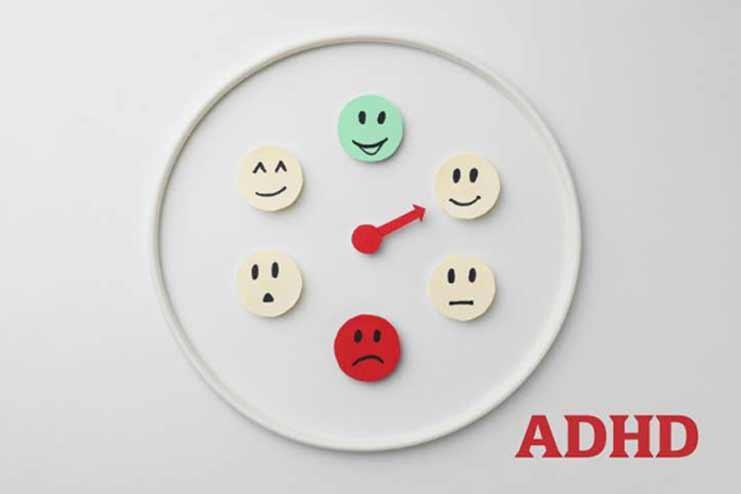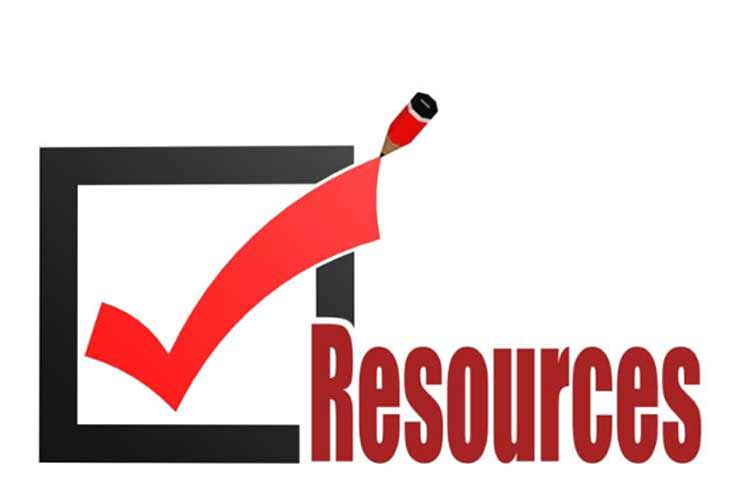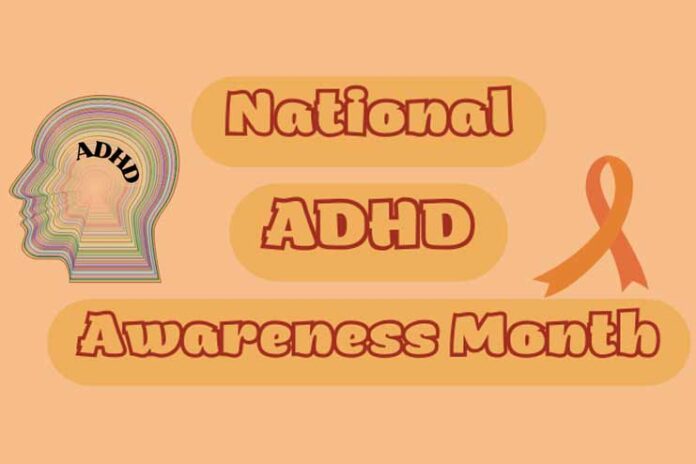Affiliate Disclaimer
Some links in this article are affiliate links. We may earn a small commission if you make a purchase through these links, at no extra cost to you. We only recommend products we find useful to our readersPatterns of impulsivity, hyperactivity, and inattention are the hallmarks of Attention Deficit Hyperactivity Disorder (ADHD), a neurodevelopmental disorder. ADHD, which affects millions of people globally, is not simply a childhood problem; for many, it persists through adolescence and adulthood.
Based on data from 2022, a national poll of parents predicted that 7 million (11.4%) American children between the ages of 3 and 17 had received an ADHD diagnosis. October is National ADHD Awareness Month, which seeks to raise awareness of ADHD, which can impact a person’s relationships, career, self-esteem, and more.
Increasing knowledge of ADHD helps people who have it and those who are close to them live better lives. Given the prevalence of ADHD, chances are that everyone knows someone who has the diagnosis. ADHD Awareness Month seeks to create an accepting environment where people with ADHD can flourish without fear of stigma.
Types of ADHD: More Than Just Hyperactivity

People often overlook the complexity of ADHD, frequently misdiagnosing it as simply excessive energy or preoccupation. However, it is a neurodevelopmental condition that impacts behavior, emotional control, and attention. There are three primary forms of ADHD, and each has unique traits:
- Inattentive Type: Often disregarded because it doesn’t entail hyperactivity, people with ADHD sometimes struggle to focus, follow directions, and finish activities. Being easily distracted and regularly misplacing items, they may need help staying organized and managing their time.
- Hyperactive-Impulsive Type: A lot of people living with ADHD find it difficult to remain motionless for extended periods. They may wriggle and fidget, move about a lot, and talk too much. Individuals with ADHD may act impulsively, interrupt other people, and find it difficult to wait their turn.
- Combined Type: The most prevalent type is the combined type, which combines characteristics of the hyperactive-impulsive and inattentive types. People can fluctuate between periods of hyperactivity and intense concentration, which makes it difficult to predict how they will behave.
Individuals are affected differently by these symptoms. They may differ from person to person, may evolve, and may appear and feel differently depending on the context, the individual, age, and gender identity of the individual.
It is not laziness, overindulgence in sugar, or poor parenting that causes ADHD. These falsehoods discourage many people from seeking help and stigmatize them. In actuality, variations in brain growth and function are the cause of ADHD. Understanding these differences is essential to helping those who deal with them daily.
The Impact of ADHD on Daily Life

ADHD can substantially impact a person’s ability to function in daily life, frequently in subtle ways. ADHD has an impact on more than just attentiveness in learning environments.
- In the Classroom: It can be difficult for students to remain still, stay organized, or follow directions. This may result in incomplete assignments, impulsive behavior in the classroom, or a tendency to lose interest in what is being taught. Teachers can play a crucial role by breaking work down into smaller, manageable chunks, taking regular breaks, and utilizing visual aids to keep focus.
- At Home: The impacts of ADHD extend beyond the classroom and affect social interactions and family life. Impulsivity or trouble listening at home can cause miscommunication, annoyance, and arguments. Siblings may mistake actions for selfish or disruptive conduct, and parents may feel overburdened. Regularity, open communication, and a peaceful environment can reduce these difficulties.
- Socially: ADHD patients may have trouble reading social signs, which can result in awkward conversations or unintentional disruptions in friendships. However, friends who are aware of these inclinations tend to be more understanding and encouraging.
Increasing understanding of ADHD can transform these interactions from difficult times into opportunities for tolerance and comprehension, building more resilient and caring bonds.
Innovative Treatments and Strategies

Even though medicine is a standard treatment for ADHD, many are looking into complementary or even alternative therapies. These innovative strategies emphasize comprehensive well-being and give people fresh approaches to symptom management and better day-to-day functioning.
- CBT: One such strategy is therapy, particularly cognitive behavioral therapy (CBT). CBT assists people in identifying behavioral patterns, controlling impulsivity, and acquiring valuable skills for concentration and organizing. It gives people living with ADHD the ability to comprehend how their minds function, which enables them to design routines that maximize their abilities.
- Mindfulness: There’s a good reason mindfulness is becoming increasingly popular in psychology. Being completely present and conscious of your body, environment, and sensations without becoming too reactive or overwhelmed by them is called mindfulness. Mindfulness-based therapies (MBIs) have been researched and applied for a range of mental health issues, including ADHD, PTSD, depression, and anxiety. Research shows that MBIs significantly improve cognitive task performance compared to regular ADHD medication.
- Diet: Dietary adjustments may also impact brain function. For example, omega-3 fatty acids found in nuts, seeds, and fish promote brain function. Lowering processed sugar intake and increasing a well-balanced intake of whole grains, proteins, and healthy fats help maintain energy levels and enhance concentration.
These therapies offer a variety of approaches so that each person can determine which one best suits their requirements.
Resources for Further Learning

A wide range of informative materials, including books, articles, and research papers, are available to help you better understand ADHD. These resources not only shed a light on its intricacies but also provide helpful methods for overcoming obstacles.
Books:
For anyone looking for clarity, “Driven to Distraction” by Edward M. Hallowell and John J. Ratey is a must-read. It provides a thorough examination of ADHD through real-life stories and helpful guidance.
Melissa Orlov’s “The ADHD Effect on Marriage” examines the particular difficulties ADHD can present in marriages and offers strategies for happy living.
Articles: The American Psychological Association provides a variety of articles on ADHD that cover everything from diagnosis to treatment, making them ideal for readers who prefer shorter reads.
Research Papers: For a more scholarly approach, peer-reviewed studies on ADHD are published in the journal Attention Deficit and Hyperactivity Disorders. You can find articles here.
Whether you’re looking for personal insight into ADHD or are a parent, instructor, or someone else, these materials will provide you with knowledge and methods. With each resource, we can learn more about ADHD and provide better daily assistance for those who experience it.
Awareness Campaigns and Events
October is National ADHD Awareness Month, when many activities and campaigns are held to inform, encourage, and uplift communities. These gatherings dispel misconceptions about ADHD and promote a greater awareness of the difficulties and advantages connected to the disorder.
Organizations like ADDA (Attention Deficit Disorder Association) and CHADD (Children and Adults with Attention-Deficit/Hyperactivity Disorder) will host several webinars and virtual events throughout the month. These gatherings address anything from sharing personal success stories to practical methods for managing ADHD. Online forums facilitate participation from any location and offer a secure environment for learning and question-asking.
Furthermore, many towns plan neighborhood events, including walks, benefit concerts, and informational booths. These gatherings provide opportunities for in-person communication and support for people with ADHD and their families.
Engaging in these efforts through events, social media sharing, volunteering with neighborhood advocacy groups, or any combination of these can have a significant impact. Increasing awareness involves more than just comprehending ADHD; it also entails building a culture that values neurodiversity and encourages each person’s path.
Conclusion
Reflecting on ADHD Awareness Month, it is evident that promoting an inclusive society requires an awareness of ADHD. By examining the subtle aspects of this disorder, we may debunk misconceptions, exchange personal stories, and advance novel approaches that enable people with ADHD to live fulfilling lives.
Every effort—whether from personal advocacy, community involvement, or education—helps people understand and tolerate neurodiversity better. Let’s pledge to help one another, exchange valuable materials, and value the distinct viewpoints that people with ADHD provide to our society. Working together can transform awareness into action and provide everyone with a better future.
References
- https://www.cdc.gov/adhd/data/index.html
- https://www.medicalnewstoday.com/articles/adhd-awareness
- https://www.healthline.com/health/adhd-awareness-month
- https://www.cdc.gov/adhd/about/index.html
- https://www.globenewswire.com/news-release/2023/10/25/2766678/0/en/October-is-ADHD-Awareness-Month.html
- https://thewomenscenter.org/2024/07/29/adhd-not-just-hyperactivity/
- https://magazine.medlineplus.gov/article/understanding-adhd-what-you-need-to-know
- https://www.webmd.com/add-adhd/childhood-adhd/understanding-adhd-basics
- https://www.healthychildren.org/English/health-issues/conditions/adhd/Pages/Understanding-ADHD.aspx
- https://www.webmd.com/add-adhd/ss/slideshow-adhd-life
- https://www.healthline.com/health/adhd/adult-adhd/a-day-in-the-life
- https://www.psychiatrictimes.com/view/advances-in-treatments-for-adhd
- https://nhahealth.com/the-9-best-treatments-for-children-and-adults-with-adhd/
- https://modyfihealth.com/post/alternative-and-integrated-treatments-for-adhd
- https://add.org/
- https://chadd.org/
- https://www.apa.org/topics/adhd
- https://link.springer.com/journal/12402/volumes-and-issues
In this Article



















